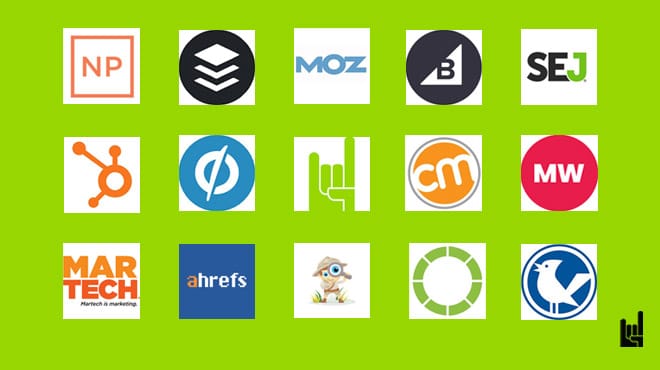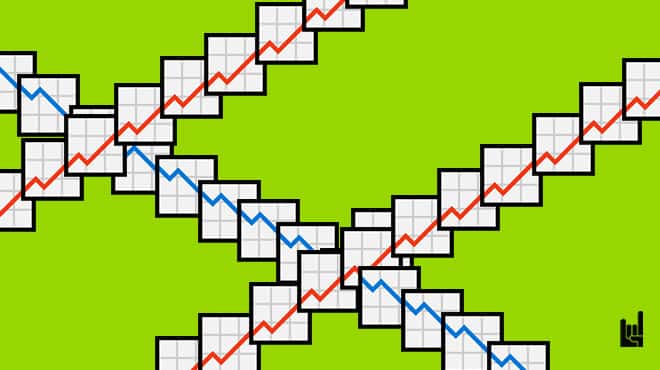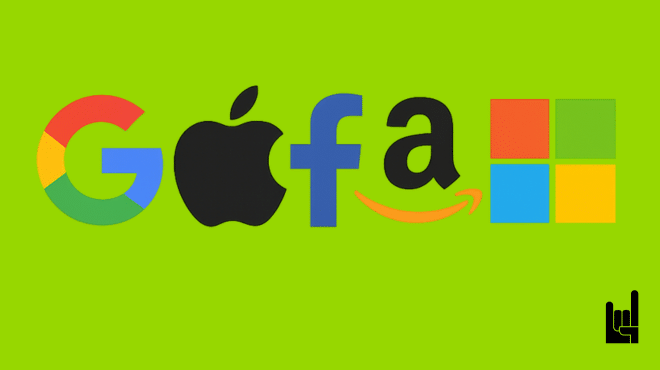As of 2022, SaaS is still growing and winning the market. Industry leaders predict the broad application of AI, ML, and centralized analytics in SaaS development.
This makes sense. Not only do individuals use more SaaS in their daily lives, but also the average number of SaaS applications used by organizations has exploded. And let us not forget about COVID and the impact it had on the need for more digital solutions.
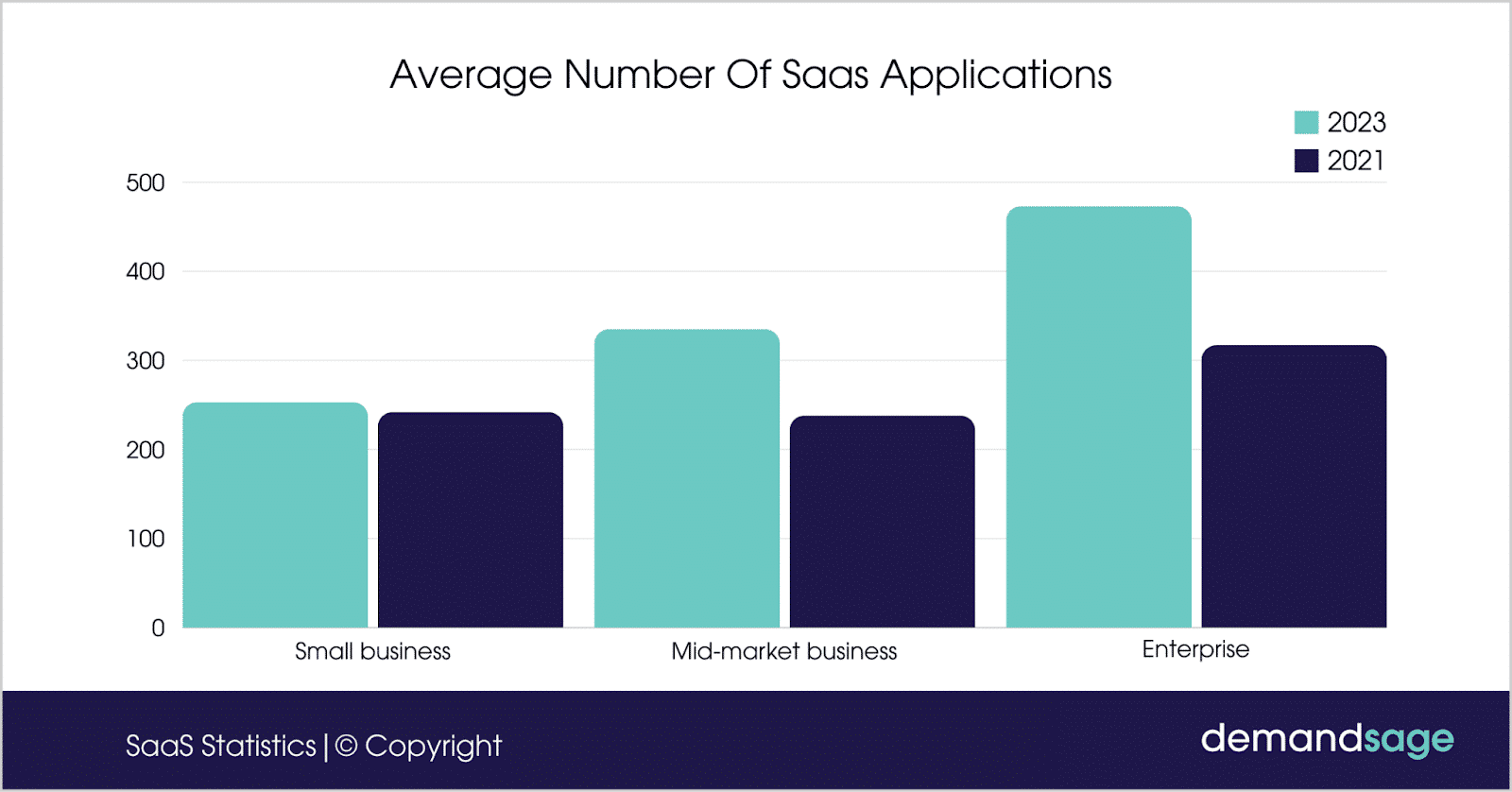
What’s more, you know an industry has gotten big when new services and professions are born to serve the industry. In the case of SaaS, in the past years, we have seen SaaS marketing agencies and SaaS consultants growing alongside the SaaS industry.
Though SaaS has become a common term in some people’s vocabulary, it is relatively new for a majority of the population.
Which brings us to the $1M (or rather $260B) question: What is SaaS?
What Is Software as a Service (SaaS)?
SaaS is a cloud-based software delivery model where users access the software via the Internet on a subscription basis.
In simple words, SaaS is a way of delivering applications over the internet – as a service.
The original wave of SaaS solutions in the early 2000s was compartmentalized, rigid, and built to handle a specific business problem. As the SaaS industry has evolved, it has branched into various categories and classifications.
Modern cloud apps now include categories such as finance, sales, and HR, to even more niche ones, such as IT procurement, DevOps automation, and software supply chain security.

But SaaS doesn’t cater only to business. It’s also used by a wide range of the population for everyday tasks like sending money or listening to music.
This very distinction of use cases gave birth to the classification of SaaS, namely Vertical SaaS vs Horizontal SaaS.
So, let’s dive deeper and find out more about their basic differences and what each of them is about.
What Is Vertical SaaS?
A Vertical SaaS fulfills the specific demands of a single industry. The industry can be anything from retail and finance to healthcare and hospitality.
Vertical SaaS companies are designed to solve either one specific problem or multiple challenges for businesses, but they all serve a specific market.
More companies are focusing on vertical SaaS because it works well for specialized industries. For example, a SaaS tool designed only for real estate agents can offer tailored features that generic tools can’t.
Vertical SaaS is also often more innovative than general SaaS because it uses advanced AI and creative solutions to meet specific needs. Whether these solutions come from new products within a company or entirely new startups, they’re proving to be effective and are gaining popularity as their value in certain industries becomes clear.
Example of a Vertical SaaS: HotSchedules (Fourth)
HotSchedules is a SaaS firm that provides end-to-end restaurant management. In 2022, the company hit $100M Revenue with 160K customers.
This SaaS product helps restaurant owners interact with and manage their personnel more effectively. It is created with industry-specific considerations in mind, such as variable schedules, shift changes, and restaurants’ particular working environments. Inventory control, workforce management, training and development, payroll services, and analytics are all included.

Naturally, the general public would have no interest in this SaaS product. If you don’t turn a restaurant, you’d have no interest in this kind of software. Likewise, you’d have no real interest in any Vertical SaaS that’s not built for some very specific and advanced business needs.
And this is what makes it a Vertical SaaS.
What Is Horizontal SaaS?
Horizontal SaaS caters to a wide range of customers. Rather than focusing on a small niche, it anticipates a monstrous bulk in the great scheme of things. This is made easier by the fact that people from various niches have different wants and end goals.
Horizontal SaaS companies have been operating for a long time. It strives to provide a larger spectrum of consumer help across a variety of industries. Their higher diversity allows them to be a better fit for a variety of job situations and industries.
You can sell broadly rather than deeply using Horizontal SaaS. The horizontal solution gives you access to a wide pool of potential clients because you’re essentially promoting service to everyone.
Example of a Horizontal SaaS: Microsoft 365
It should come as no surprise that we use Microsoft as an example of Horizontal SaaS. Microsoft is one of the biggest tech companies. And, for decades, it’s been developing software and a variety of solutions, like Microsoft Office, Outlook, Teams, and SharePoint.
The services offered by Microsoft 365 support operation through the Office apps, enable efficient communication through emailing services like Outlook and Teams, and empower effortless collaboration through SharePoint. The team is always coming up with new services to add to the mix to add value to their subscribers.
This is what makes it a good example of a typical Horizontal SaaS. These kinds of programs can be used for a wide array of different operations. Do you remember the example from above with HotSchedule, the restaurant management SaaS? HotSchedule is useful for restaurant owners whereas Microsoft 365 would most likely be useful for any kind of owner.

As a rule of thumb, if you personally could find value in using a SaaS, it’s probably horizontal. Because a Vertical SaaS is usually irrelevant to your job or life.
Vertical SaaS vs Horizontal SaaS: 3 Basic Differences
Vertical and Horizontal SaaS have many similarities in their SaaS strategies overall.
However, they have a few fundamental differences as well.
1. Market size: The first basic difference lies in the market size. On the one hand, a Horizontal SaaS has a wide range of potential users. On the other hand, a Vertical SaaS speaks to the needs of very specific people in a very specific niche. As a result, a Horizontal SaaS is more scalable than a Vertical SaaS and can achieve much more revenue in the long run.
3. Acquisition cost: Given the big market size, Horizontal SaaS faces high competition. Therefore, these kinds of SaaS need to try hard if they want to stand out from competitors, unlike Vertical SaaS. Vertical SaaS can convince easier their potential clients to try their solution, as usually there are not many alternatives – if any.
3. Customer retention: Yet again, the size of the market, and the volume of the competition impact one more factor: customer retention. In the case of Horizontal SaaS, customers can compare the software with many other options on the market and it’s more likely to jump ship. However, this is not the case for Vertical SaaS, since users are more inclined to stay loyal to the software they already use.
Epilogue
The growth and popularity of the SaaS industry are not just evident by these magnificent numbers. They are also reflected in our day-to-day lives. At this point, virtually every individual in the developed world has had some kind of experience with a SaaS solution. If you have used products like Zoom (or Zoom alternatives) Slack, Salesforce, Google G Suite, and Adobe, then you use a Horizontal SaaS. And if you are an expert/ professional who’s working in a niche, you probably use a Vertical SaaS, too.
SaaS brought many changes with it. The SaaS industry changed not only the landscape of software but of marketing, too.
Specifically, conventional digital marketing could not meet the needs of SaaS. And so growth hacking was born. Some of the classic growth hacking examples include Hotmail, Dropbox, Canva, and Airbnb, all of which are SaaS.
This new way of approaching marketing is what put the “product” at the forefront. Because SaaS came to realize that the product itself can acquire new customers.
As a result, for the marketing needs of most SaaS, the sales funnel turned into a growth funnel, known as The AAARRR Framework. What’s more, it created new models like Product-led Growth.
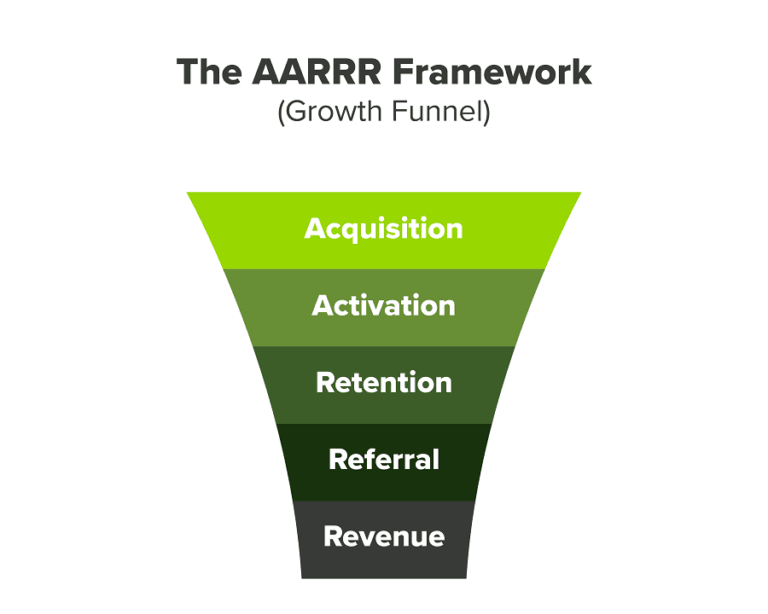
So, are you looking to grow your SaaS, be it Vertical or Horizontal? We have expertise in SaaS companies, so let us know what we can do for you!
Was this article useful?

I write for GrowthRocks, one of the top growth hacking agencies. For some mysterious reason, I write on the internet yet I’m not a vegan, I don’t do yoga and I don’t drink smoothies.
